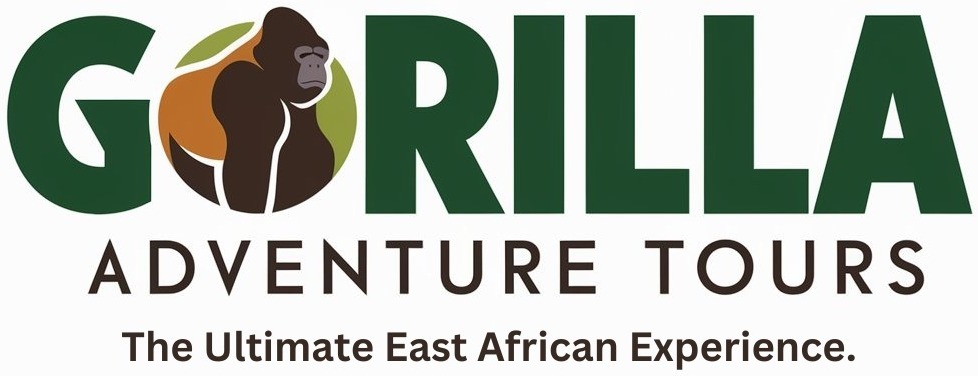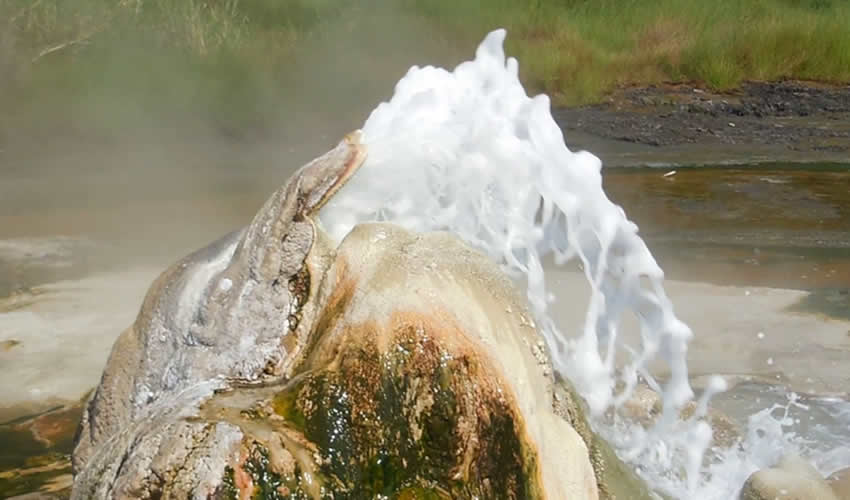Semuliki National Park is bordered by the Rwenzori Mountains to the Southeast, to the west is the Democratic Republic of Congo, to the north are the Semuliki flats and Lake Albert further on. The park covers 220 sq km and was gazetted in October 1993. Many areas in this park flood up during the rainy season because all streams and rivers from the surrounding area drain through the park, coupled with the poor topography and drainage.
The average annual rainfall in Semuliki is 1,250mm with March-May and September-December as the peak season.
Semuliki Wildlife Reserve
Semuliki Wildlife Reserve is Uganda’s oldest wildlife reserve formerly known as the Toro Game reserve which was gazetted in 1932. This large reserve neighboring Lake Albert and the northern base of the Rwenzori is a rich mosaic of grassland, savannah, forest and wetland habitats. Semuliki is a 545km sq sanctuary lying in western Uganda, to the northeast of the Bundibugyo road extending to Ntoroko on the southern shores of Lake Albert.
Things to see in Semuliki National Park
Wildlife Species
Semuliki National Park is a unique Uganda wildlife safari destination because it has 63 mammal species, 9 of which are diurnal forest primates such as chimpanzees, olive baboon , blue monkey, and vervet monkeys, while the nocturnal primates include galagos plus pottos . To add to her mammals species, Semuliki National Park has forest beecroft’s flying squirrel, buffaloes, little collared fruit bat, blue duiker, pigmy squirrel plus the water chevrotaain.
About 374 species of butterflies and months have been identified in semuliki 46 of which are forest swallowstails and charaxes and atleast 81 species of large moth, 12 of which are classified as restricted.
Sempaya Hot Springs
Two hot springs are situated in a tract of hot mineral encrusted swamp land, where visitors see a two meter jet of hot water (130oc) and a pool (12m diameter) of oozing boiling water (106oc). One can boil food especially eggs in the natural boiler within 10 minutes and eat it.
Local People
Four ethnic groups live around Semuliki National Park. The Bamba and Bakonjo are found in the valley and mountain slopes respectively, and are majorly agriculturalists depending on cash crops such as rice and potatoes coffee, cocoa and food crops mainly bananas. The Batuku people occupy the rift valley floor, north of the park and are cattle keepers who depend entirely on cattle products which they trade in with their neighbors, both Ugandans and natives of the Democratic Republic of Congo. The Batwa /pigmies who are gatherers and hunters form part of the Ituri ethnic group, who have since time immemorial depended on Semuliki forest for survival.
Where to stay in Semuliki National Park
Semuliki Safari Lodge is one of the most luxurious bush retreats in Uganda built on the site of an older hunting lodge. It has exotic large thatched tents with 4- poster beds, hand- carved furniture, and Persian rugs spread beautifully on the floors, en suite bathrooms and private verandah. This lodge is located about 25 km down the road that connects Karugutu to Ntoroko on Lake Albert.
Ntoroko Safari Lodge of recent has been opened up in Semuliki for premium services especially to middle class visitors
Uganda Wildlife Authority runs and operates a campsite located about 500m from the village on a sandbank overlooking Lake Albert.

